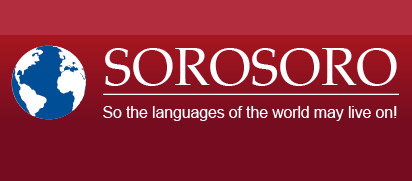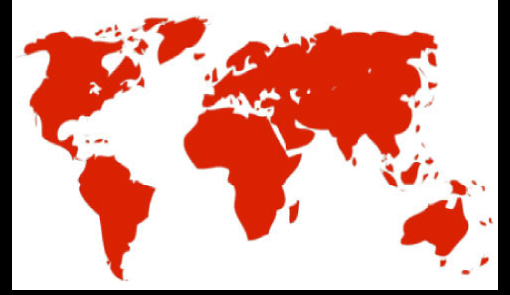Print  |
|


June 10, 2010 : Languages of the world find a place of honor in French review Courrier International (1023)
French review Courrier International has recently passed on an article from the New York Times entitled “Listening to (and Saving) the World’s Languages” (April 29, 2010) on linguistic diversity within NYC: “New York, un conservatoire des langues moribondes”
According to the work of linguists on the subject, NYC appears as the world capital of linguistic density with nearly 800 languages for 8 million inhabitants.
Plus, and more importantly, some of these languages could soon be more represented in NYC than in their region of origin, where many are currently disappearing.
Consider the example of Istro-Romanian – or Vlashki, a Romanian dialect from the Istrian Peninsula (Croatia) which is losing more and more speakers every year, and stands seriously threatened by the increasing pressure of Croatian. Yet some 4000 miles away in the heart of USA’s financial capital, Istro-Romanian is still spoken by close to 100 people. Credit for this survival goes to Vlashki migrants who chose to favor their regional language when they first arrived on the American territory in the 60’s. An approach which could very well be crucial in actually preventing the Vlashki language from disappearing.
Interesting story, among many others of the kind. But considering New York as some sort of linguistic Noah’s Ark would be pushing it a little far. Out of the estimated 800 languages spoken in the Big Apple, only 176 are spoken in the city’s public schools. Thus in absence of protective measures, this exceptional linguistic heritage could also eventually disappear.
Hence the work of the “Endangered Language Alliance” project, aiming to identify and document threatened languages spoken in NYC, and encourage native speakers to hand down their language to counterparts. The project was launched by Daniel Kaufman, professor of Linguistics at New York University, Juliette Blevins, American linguist specialized in language documentation and revitalization, and poet and professor Bob Holman, who also works on endangered languages.








